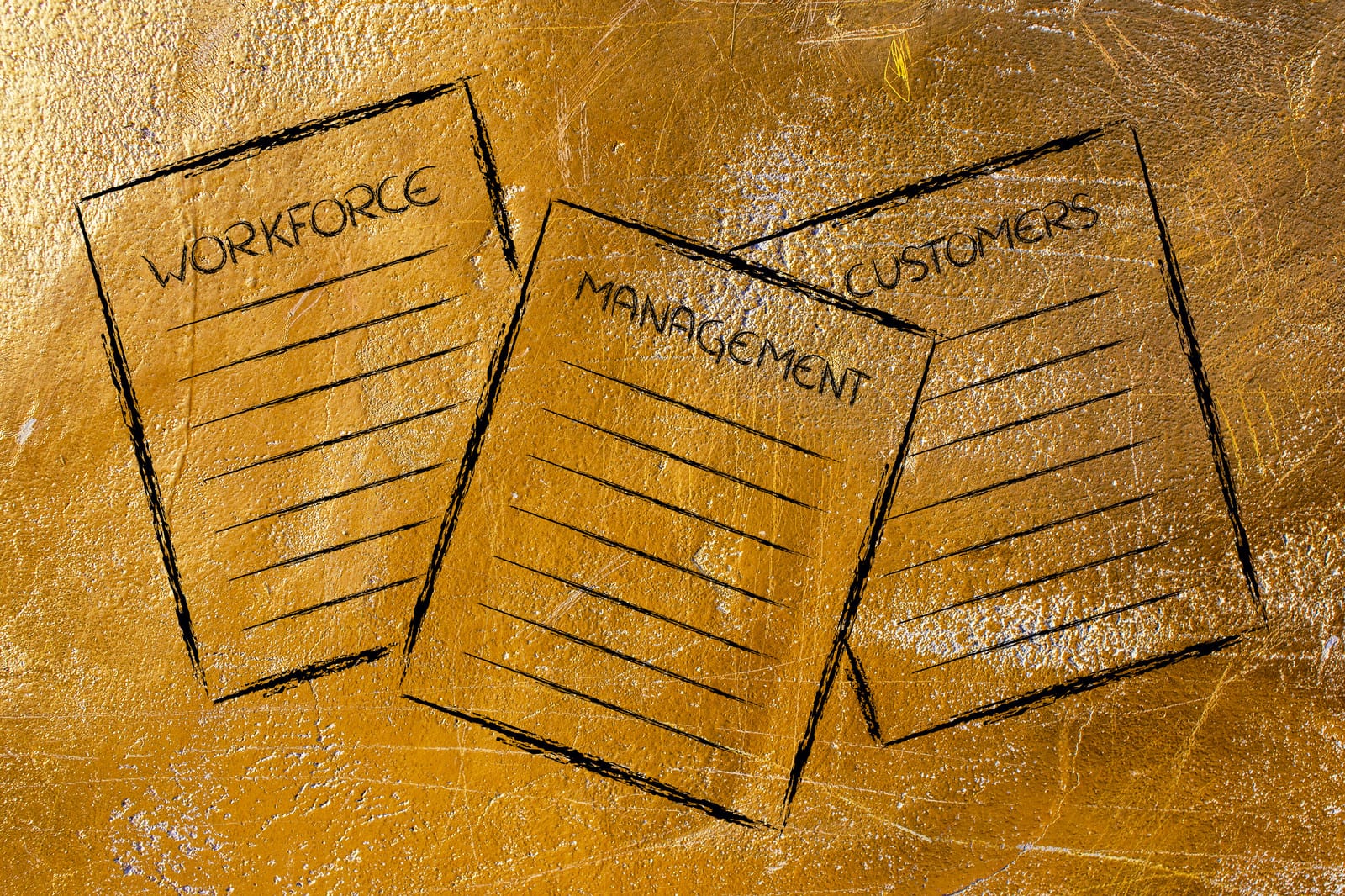Service leaders are apt to obsess over customer satisfaction and loyalty levels. The goal is always to create happier, more loyal customers — but leaders’ efforts are often derailed. Why?
Bill Pollock, president and principal consulting analyst at Strategies For Growth, says that they often lack a plan. Here, he explains how leaders can create a plan, and why customer participation is key throughout the process.

Bill Pollock
In launching a customer satisfaction and loyalty improvement program, you will need to start with the creation and implementation of a sound research process. This process should be designed to create a formal pipeline that allows management to hear the voice of the customer by:
- Identifying, defining and clarifying specific customer needs, requirements, preferences and expectations for service and support.
- Identifying the key drivers that impact customer satisfaction.
- Benchmarking company performance against both customer needs and competitive performance.
- Determining the organization’s strengths and weaknesses compared to the competition.
- Gaining additional insight into the root causes of customer dissatisfaction, and identifying specific areas requiring improvement.
- Providing the basis for a dynamic system that can alert management of problems or situations requiring immediate attention.
- Identifying priorities, and setting targets for overall quality improvement.
One of the cornerstones of any customer satisfaction and loyalty improvement program is to first benchmark customer needs, requirements and corresponding levels of satisfaction. The survey design must address specific issues, including:
- Who will be interviewed? Options include all customers, a random sample, new vs. older accounts, users of specific models or services, among others.
- How will they be interviewed? It could be in-person or by telephone, mail, email, the Internet or a focus group.
- Who will conduct the interviews? The survey can be done in-house or via a third-party consulting firm.
- What areas need to be addressed? Areas include overall company performance, performance for specific product or service lines, or geographical service territories.
- What question set must be developed? Examples include current needs, requirements and levels of satisfaction; future product and service usage plans; likelihood to switch or recommend; and areas of concern.
- How will the results be tabulated? Will you calculate in the aggregate, by geography, by vertical segment, by size or type of customer, by relationship duration or by specific product and service lines used?
- How will the results be reported? Determine who will receive the results, and in what format and level of detail.
- How often is the survey to be conducted/tracked? It could be quarterly, annually, bi-annually, etc.
Read the full post on Pollock on Service.


Share this: